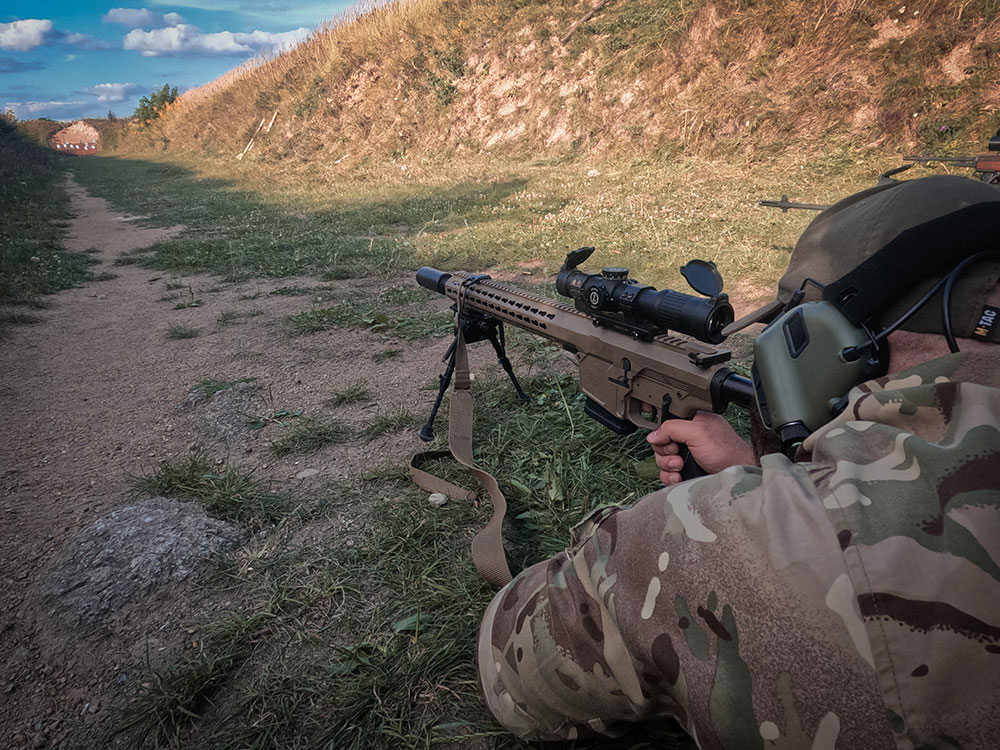VR Secuirty Training
VR can be used for security training in a number of ways. For example, VR can be used to simulate dangerous situations that would be too risky to recreate in real life. VR class training can also be used to train groups of people at once.
VR group training is also an excellent way to deliver content. VR education is an immersive and effective way to learn that can be applied to a variety of industries and allows trainees to immerse themselves in realistic simulated environments.
There are several key benefits of using VR for security training, including the following:
1. VR provides a realistic learning experience
By using the enhanced sensory capabilities of a metaverse environment, companies are now able to provide customised security scenarios that closely resemble real-world situations such as responding to a bomb threat or handling an active shooter incident.
These simulated experiences offer employees the opportunity to practice these challenging situations in a safe and controlled setting, helping them develop confidence and proficiency in handling them should an emergency arise.
Furthermore, companies that invest in this state-of-the-art training technology are sure to stand out from competitors when it comes time to recruit new hires, allowing them access to the most talented workers available.
2. VR training is flexible and can be adapted to different needs
VR company services are highly adaptable to the needs of different organisations across different industries, allowing them to create customised security training scenarios for each individual trainee. This makes it particularly attractive for busy workers who need something flexible and convenient for their learning and training.
Moreover, VR safety training uses an immersive format to bring the procedures to life; its engagement with different senses helps trainees retain information more effectively, ensuring the optimal success of the program. All in all, VR training is a valuable addition that offers the scope for personalisation and customisation and efficiency for diverse safety training needs.
3. VR is cost-effective
VR is an invaluable tool for those looking to reduce training and developmental costs. With its immersive, engaging, and effective learning potential, it allows organisations to contextualise instruction in a way that cannot be accomplished with traditional approaches.
Moreover, its cost-effectiveness results from the significant reduction of physical space requirements and the need for instructors. With lower overhead for implementation, VR presents an opportunity to make training or development more accessible and cost-effective without compromising on quality or engagement.
Organisations should consider taking advantage of this metaverse technology in order to optimise both developmentally appropriate methods and their bottom line.
4. VR technology is constantly improving
VR technology is constantly evolving, and new features are being added all the time for VR instructors. VR can now be used to create realistic 3D environments. This allows security trainers to create realistic training simulations. VR is an invaluable tool for security trainers, and the potential for VR-based security training is constantly increasing.
VR onboarding is an immersive VR experience that allows new employees to experience your workplace before they start. It also provides VR training for soft skills such as customer service and teamwork. VR soft skills training is an effective way to improve employee performance and retention.
Summary: How can VR be used by security training?
VR technology offers diverse applications in security training, from simulating hazardous situations to immersive group learning.
VR enables the creation of lifelike security scenarios, enhancing employee confidence and proficiency in handling challenging situations.
VR training adapts to specific organizational needs, optimizing engagement and cost-effectiveness by reducing physical space and instructor requirements.
Constantly evolving VR technology introduces features like 3D environments, enabling realistic training simulations for security scenarios.
VR extends its benefits to onboarding experiences and soft skills training, such as customer service and teamwork, contributing to overall employee performance and retention.
FAQs
Is VR training cost effective?
When it comes to training and education, virtual reality (VR) can be a cost-effective alternative to traditional classroom lectures. VR lets students experience a real-life scenario in a safe environment that’s not only more engaging but also more cost-efficient.
Is VR training good?
Virtual reality (VR) training is a great way to train employees. It can be used for training employees on how to use a specific piece of equipment or software, as well as teaching them how to perform their jobs in the real world. It’s also useful for educating employees on how to handle a new situation or scenario.
How virtual reality is used in training?
Virtual reality is used in training to simulate real-world situations. It can be used to train a variety of skills, from operating heavy machinery to flying an aeroplane. This is accomplished by using a headset that has built-in headphones, which allow the user to hear what’s going on around them. The headset also blocks out all other sounds.
How do you start virtual reality training?
The first step in virtual reality training is to decide what kind of experience you want to provide your employees with. Do you want them to have an immersive experience with 3D visuals? Do you want them to feel like they’re there? Or do you just want them to learn how different tools work?
What is virtual reality training?
Virtual reality (VR) training is a way to train employees using computer-generated environments that mimic real-world situations. These environments can be created with video game engines or 3D modelling software, and they can be used to simulate any number of scenarios.


